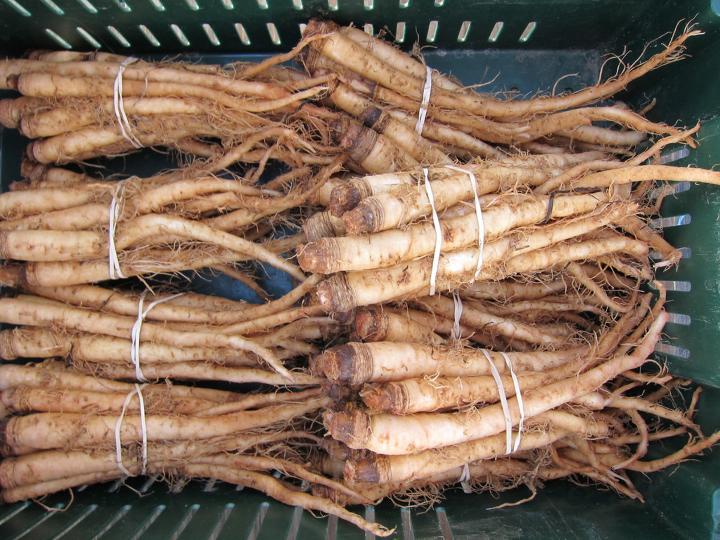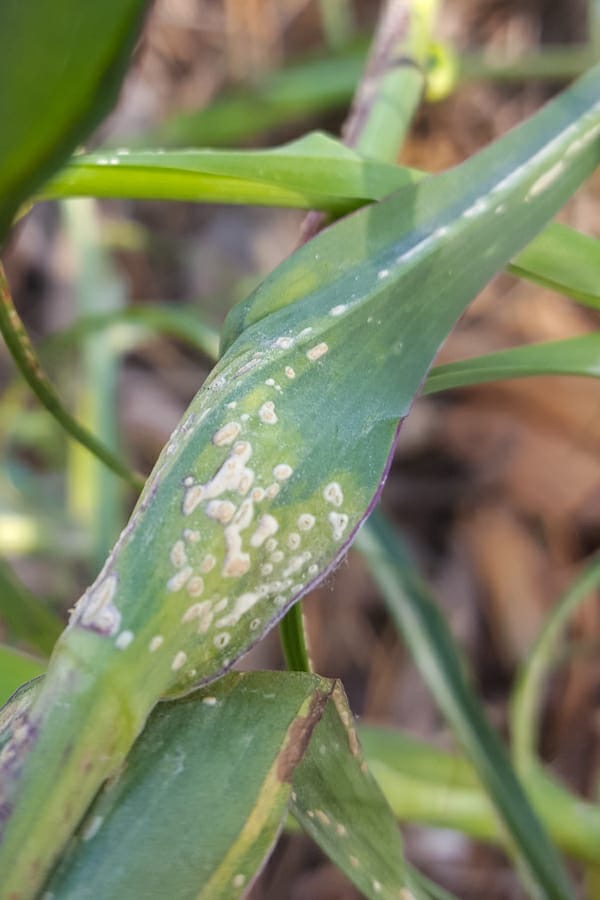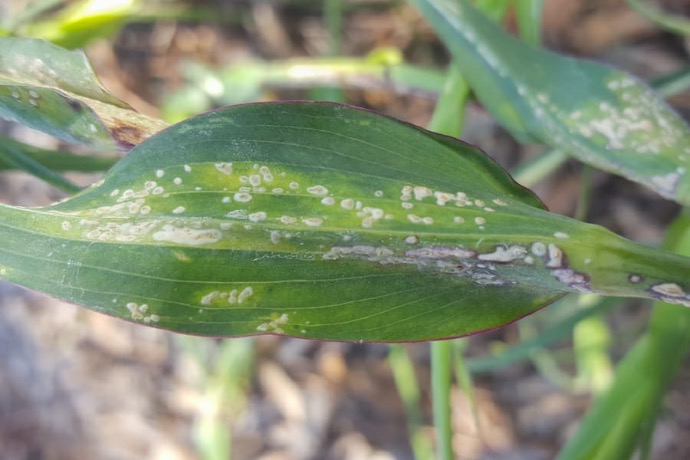Salsify
Salsify, a biennial, grows best in well-drained, sandy-loam soil and full sun. It's frost-tolerant, has slow growth, and benefits from consistent moisture.
Habit
Biennial
Height
30-100 cm
Growth
Slow
Soil
Well Drained, Sandy-loam
Shade
Full Sun
Moisture
Moist
Edible
Yes
Medicinal
Yes
Origin
Europe, Asia
Climatic Condition
Temperate, Mediterranean
Temperature (°)
10-25°C
Humidity (%)
50-70%
Potting media
Peat, compost
Fertilizers
Nitrogen-rich fertilizers
Watering
Moderate
Plant Weight
150-300 g
Flowering Time
Spring to Summer
Soil Ph level
6.0 - 7.5
Water Ph level
6.0 - 7.5
Soil EC
1-2 dS/m
Yield Per Plant
1-2 kg/plant
NPK ratio
10:10:10
life Span
Biennial
Health Benefits
Rich in fiber, good for digestion
Suggested Grow Media or Potting Mix ?
50% loam, 25% compost, 25% sand
Suggested Fertigation/Fertilizers
Fertilize every 4 weeks with a balanced fertilizer.
Common Diseases and Remedies
White rust
Distinctive white, raised pustules to form underneath the plant epidermis. These blisterlike pustules sometimes result in twisted, deformed growth of the stem, leaves, or flowers.
remove infected parts
HEALTH BENEFITS
1. Rich in fiber, inulin, and antioxidants.
2. Supports digestion, gut health, and boosts immunity.
What Is An Salsify?
Salsify is a root vegetable in the Dandelionaceae family and is known as the oyster plant because it tastes like oysters when cooked. The root resembles a long parsnip, with creamy white flesh and thick skin.

What Are The Different Types Of Salsify?
1. Salsify
Salsify's skin is smooth and almost black
2. The white root has a brown or dark skin
Also known as Ruby Streak, this variety has purplish-red leaves and green undersides. It has a spicier taste than green mustard.

How To Care For Salsify?
1. Location
Choose a sunny location with light, free-draining soil that is deep enough to accomodate the long roots.
2. Sunshine
Salsify grows best in full sun and should receive at least 6 to 8 hours of light per day. If you live in a warm climate, place the plant in a spot in your garden that receives some afternoon shade to soften the roots.
3. Soil
In general, salsify grows best in loose, well-drained, light-structured, sandy soils with a pH of 6.0 to 6.8. Clay roots can cause stunted growth and deformity.
4. Hydration
Salsify grows best with regular watering, especially in dry conditions. Even watering will improve the condition of salsify and prevent the development of fibrous roots. For best results, give the plant 1 to 2 inches of water weekly.

5. Nourishment
Mix compost or old manure into the soil when planting. In midsummer, salsify the sidedress with a balanced fertilizer to support roots and foliage.
6. Issues
This type of nematode can cause roots to branch and twist, forming galls. To protect your plants, you can rotate crops and plants with different tolerance levels.
What Are The Benefits Of Salsify
Salsify is a beneficial herb for the body as it supports the immune system, prevents cancer, controls blood pressure, promotes the growth of bifidobacteria, and promotes healthy hair growth. Salsify supports digestion, improves body function, prevents infections, controls blood pressure, improves skin health and prevents tumor cancer, improves bone health, reduces symptoms of premature aging, and reduces weight. It has many health benefits, including promoting brain function and improving brain function.

FAQs About Growing Salsify
1. What is salsify?
Salsify, also known as persimmon plant or persimmon vegetable, is a root vegetable similar in appearance to parsnips or carrots. They were given this name because they are small and have a slightly sweet taste similar to oysters.
2. When should salsify be planted?
Salsify is usually planted in early spring after the soil is ready for cultivation. It is a cool season crop and prefers cool temperatures for good growth.
3. How do I sow salsify seeds?
salsify seeds directly into well-drained soil, about 0.5 inch from the row and 2 to 3 inches deep. Keep the soil constantly moist until germination. Germination usually takes 10 to 14 days.
4. What kind of soil does salsify require?
salsify prefers loose, sandy soil rich in organic matter. Suitable soil pH value is slightly acidic to neutral (approximately 6.0 to 7.0).
5. How much sunlight does salsify need?
Salsify prefers full sun, but can also tolerate partial shade. For optimal growth, receive at least 6 to 8 hours of direct sunlight per day.

